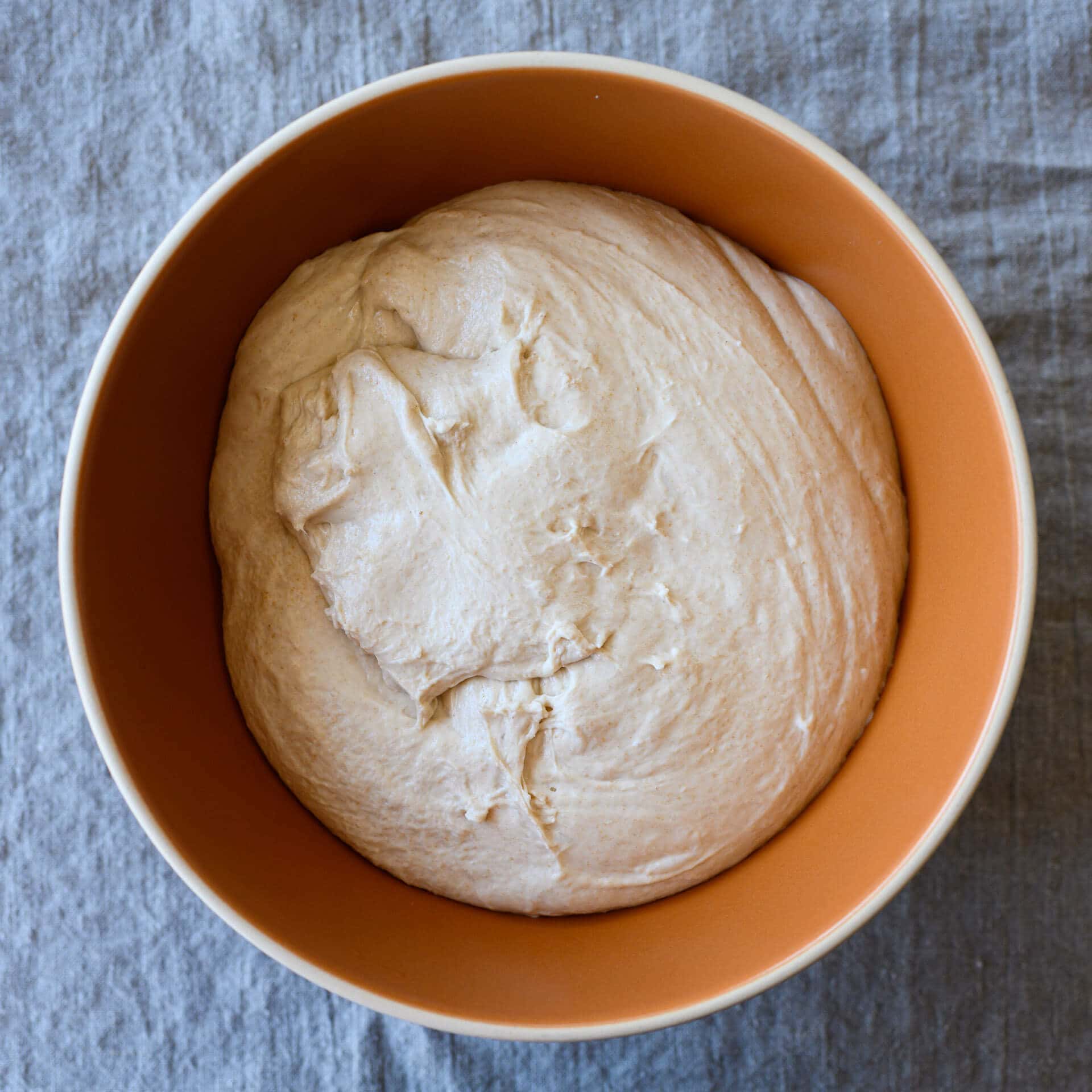What is autolysis?
Autolysis is a chemical process in which the flour proteins are broken into smaller segments by the action of certain enzymes contained in lysosomes, which are naturally present in flour. The result is a shorter protein structure, which allows a more relaxed gluten to form in less time.
Autolysis consists of three steps:
- Dough creation;
- Resting period;
- Final dough.
Creating the dough
The first step in the preparation of an autolytic dough is to very gently knead the whole flour and 55% of the water needed for the recipe until every dry particle of flour disappears.
Alternatively, 60% of the flour to be used with 75% hydration.
Resting period
The resting period consists of letting this first dough rest between 20 minutes and 24 hours.
The length of the resting period depends on the characteristics of the flour and production requirements. In general, the stronger and more resistant the flour, the longer the resting period should be. If this time period is longer than 5/6 hours, it is advisable to add some salt to the mixture of water and flour and reduce the amount of water to 45/50% and at a temperature of 18°/20°. This is to prevent fermentation from being too fast. For shorter resting times, the dough can instead be left at room temperature, even in the same bowl as the mixer.
Final Dough
Once the autolysis period has elapsed, we move on to the final dough in which all the other recipe ingredients, yeast, remaining water and salt are added.
Curiosities
Can yeast be added during autolysis?
Some do but it is neither correct, nor practical, nor useful.
- It is not correct because the autolysis process aims to prepare easy access to sugar for the yeasts. If we give the yeasts flour and water that has not yet been broken down, they will not enjoy this benefit.
- It is not practical because mixing flour, water and yeast together without kneading requires more mechanical work.
- It is not useful because it brings no benefit except the risk of increased acidity.
What temperature should the water be?
It is recommended that the water temperature be 22-24°C in winter and 16-18°C in summer.
Storing the dough
Both in winter and summer it can be left at room temperature, the only difference being that in summer autolysis will be shorter.
The important thing is to keep the dough container covered, either with a non-airtight lid or with a properly moistened cloth.
What can happen, in fact, when exposed to the air for so many hours, is that the water evaporates excessively and so the weight and proportions of the dough change sensibly.

